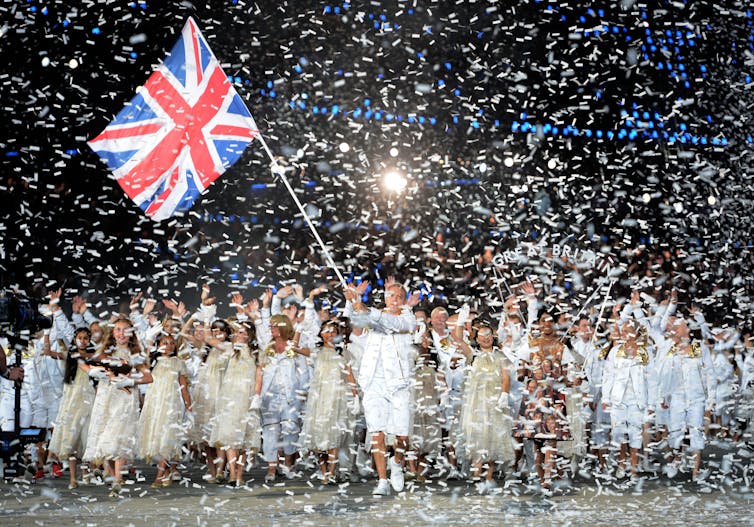Since the start of lockdown, many people have been experimenting with new forms of exercise. And a renewed focus on physical activity, has reminded many of us of the long-term benefits of keeping fit.
Many people are vowing to continue their new regimes post lockdown, but with community sport already facing financial difficulties, communities may struggle to access local sporting facilities when lockdown lifts. And some sports clubs may simply never get going again.
Many sports facilities across the UK have already shut their doors for good in recent years. Between 2012 and 2016, more than 2,500 sports facilities closed, including swimming pools, tennis courts and athletic tracks all of which has a significant impact on grassroots or community sport clubs.
This is also at odds with the fact that the London 2012 Olympic and Paralympic Games were hosted in the UK less than eight years ago – underpinned by the slogan “Inspire a Generation”. The London Games aimed to increase active participation in sport.
Yet our latest research shows that since London 2012 there have been significant funding cuts in community sport – which has resulted in job losses, facility closures, reduced opening times, less frequent maintenance and halted investments.
What legacy?
The UK government’s decision to bid to host the Olympics and Paralympics in 2003 came during a period of unprecedented economic stability. Concerns about the cost of hosting were largely outweighed by the perceived potential benefits of increased tourism and regeneration.
The then Labour government was actively increasing public sector spending on a range of programmes. But this environment would change dramatically before the 2012 Games due to the global financial crisis of 2007-2008.

The subsequent election of the Conservative and Liberal Democrat coalition in 2010 resulted in a significant change of direction in terms of policy. Public expenditure was cut as part of a “deficit reduction programme”, the public sector was rolled back and more prominence was given to the private and voluntary sectors to provide services.
So although funding from the government for London 2012 increased from £2.4 billion to £9 billion (the government rejected the idea of an “austerity games”) support allocated to grassroots sport clubs activities was significantly reduced during this time.
Long-term impact
In our latest research, we analysed how austerity measures affected the sport participation legacy of London 2012. Our research has a specific focus on grassroots sports clubs, as these are usually the first places people go when they want to engage in sport. Our findings show stark contradictions between austerity policies and funding cuts, and the intended participation objectives of London 2012.
Local councils were also massively hit by these cuts. In 2009-2010 the Local Government Association estimated that £1.4 billion per year was spent by councils on sport and leisure provision. By 2014, this had reduced to around £1 billion.
This shift is still impacting grassroots sport clubs, with many now trying to build their own facilities to sustain club activities. Indeed, one of the people we spoke to in our study said:
We’re at capacity. That’s why we’ve been looking at building our own pool, that way we know what times the pool is available and we know exactly how many people we can cater for. It’s basically the only way we will be able to expand.
One club development officer we interviewed also told us how:
Things have become more difficult recently. I know from my experience that things are pretty difficult for local authorities and [that] makes it more difficult for us because we rely upon them.
Inspire a generation?
Many of the people we spoke to highlighted the paradox between what was supposed to happen after the games and what happened in reality. One sport administrator went so far as to say that he didn’t think the government even cared about a legacy:
We’re worse off than we were before 2012, so I don’t really think there has been a legacy. Our costs are probably going up by something like 50% now, which is pretty outrageous. We’re being moved somewhere we don’t want to go and are being charged extra for the privilege.
These findings highlight the support needed if grassroots sport clubs are to be able to continue to thrive. This is important, because, as well as the health benefits they bring, local sports clubs can create a sense of community and strengthen bonds in local areas.
These clubs urgently need to operate in a stable and supportive environment and need proper support and funding – now more than ever before.

